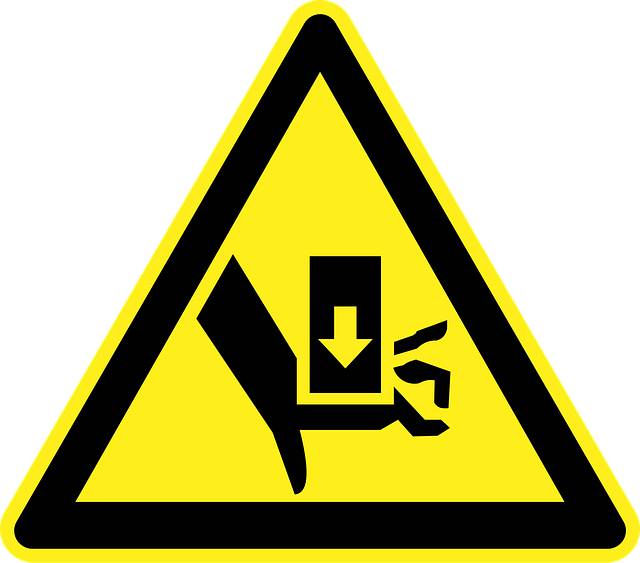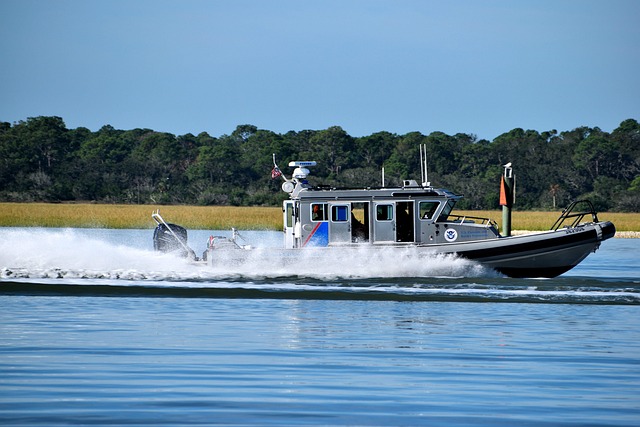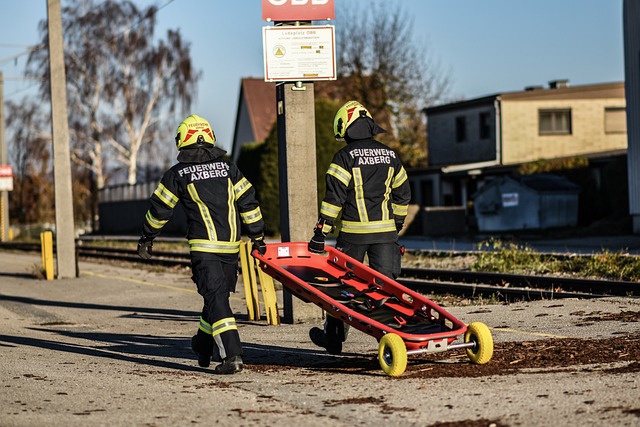Multi-vehicle truck accidents involve complex liability due to multiple stakeholders and varying laws. A successful truck accident claim requires understanding driver negligence, vehicle maintenance, safety regulations, and medical malpractice. An experienced lawyer is crucial for navigating disputes, protecting rights, and ensuring fair compensation, with evidence including logs, witness statements, and expert opinions. Establishing causation involves investigating event sequences to determine each defendant's role.
In the intricate world of trucking, multi-vehicle accidents present unique legal challenges. When multiple trucks, cars, or other vehicles collide, establishing liability becomes a complex web of factors. This article delves into three key aspects: understanding the multifaceted liability in truck accidents, navigating distinct legal protocols for such collisions, and exploring the stringent evidence requirements to prove negligence. By examining these areas, we aim to provide clarity for those involved in, and seeking justice from, a truck accident claim.
- Understanding Complex Liability in Truck Accidents
- Navigating Different Legal Protocols for Multi-Vehicle Collisions
- Proving Negligence: Challenges and Evidence Requirements
Understanding Complex Liability in Truck Accidents

In a multi-vehicle truck accident, understanding liability can be as complex as the event itself. Unlike car accidents, which often involve two parties, truck accidents introduce additional variables due to the involvement of commercial vehicles. Liability in these cases is typically determined by a combination of factors, including but not limited to driver negligence, vehicle maintenance, and compliance with safety regulations. Each party involved—from the truck driver to the trucking company to other drivers on the road—may bear responsibility for the damages incurred.
Navigating the legal landscape of a truck accident claim involves untangling these complex threads. For instance, if a driver suffers injuries in a crash caused by a faulty brake system, they might have a case against both the trucking company responsible for maintenance and the manufacturer of the brakes. Furthermore, if medical malpractice contributes to the extent of an injury, such as delayed treatment due to poor road conditions, it could also become a factor in the claim. The intricate nature of these cases demands careful consideration of all potential liabilities to ensure just compensation for truck accident injuries, including wrongful death claims where applicable.
Navigating Different Legal Protocols for Multi-Vehicle Collisions

Multi-vehicle truck accidents present unique challenges due to the diverse range of parties involved and potential legal protocols that must be navigated. When a truck collides with multiple other vehicles, determining liability becomes complex. Each state has its own set of laws governing auto accident claims, and these regulations can significantly impact how a truck accident claim unfolds.
In such scenarios, an experienced auto accident lawyer plays a pivotal role in guiding individuals through the intricate web of insurance disputes and partnership disputes that often arise. These collisions frequently involve commercial trucking companies, individual drivers, and potentially other businesses, leading to complex legal relationships. Understanding the applicable laws and regulations is essential for ensuring that all parties’ rights are protected and that compensation is sought fairly.
Proving Negligence: Challenges and Evidence Requirements

Proving negligence in a multi-vehicle truck accident claim can be complex due to the number of potential factors involved. To establish liability, plaintiffs must demonstrate that a defendant owed them a duty of care, breached that duty, and their actions directly caused the injuries or losses incurred. In truck accidents, this often involves navigating intricate legal frameworks and presenting compelling evidence.
The nature of commercial trucking imposes certain duties and responsibilities upon drivers and companies. Drivers have a fiduciary duty to ensure safe operation, including maintaining proper logs, adhering to hours-of-service regulations, and observing road conditions. Breaches of these duties can lead to wrongful death claims or severe truck accident injuries. Evidence may include vehicle maintenance records, driver logs, eyewitness statements, and expert opinions on safety protocols. Demonstrating causation requires a thorough investigation into the sequence of events, focusing on how each defendant’s actions or inactions contributed to the collision.
In the complex landscape of multi-vehicle truck accidents, understanding liability and navigating legal protocols are crucial steps in pursuing a successful truck accident claim. By delving into these aspects, from recognizing intricate liability issues to comprehending varied legal procedures, claimants can gather the necessary evidence to prove negligence. This process ensures that those harmed receive fair compensation for their injuries and losses.





